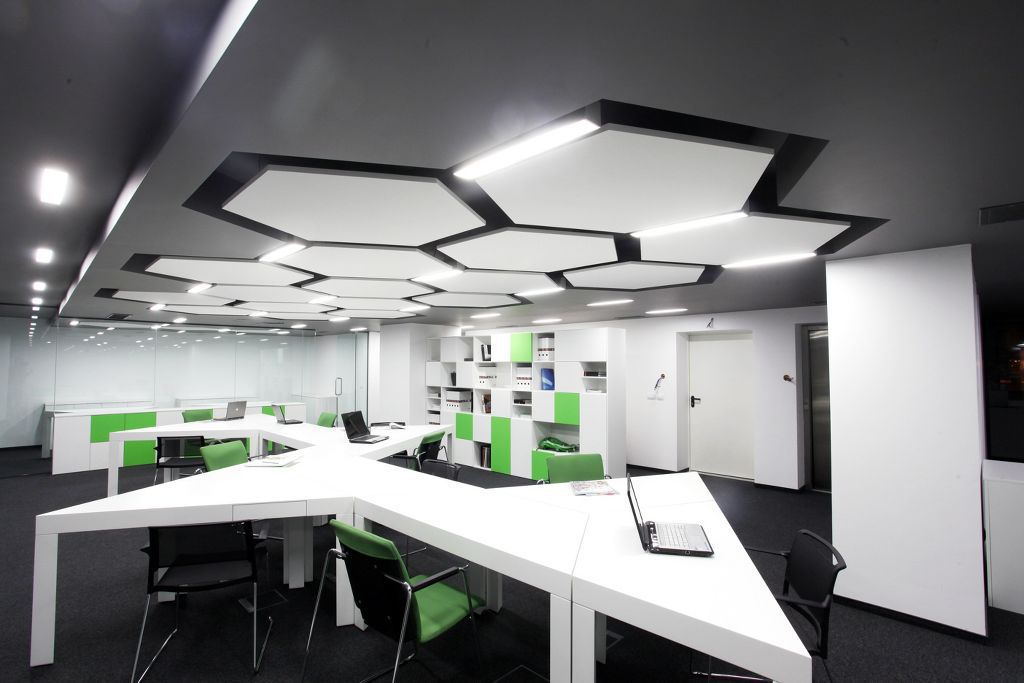LIFESTYLE
7 Ways to Improve Acoustics in Any Building

Acoustics refers to the sound quality of a building or room. It is important to keep in mind that while acoustic treatment can help you create a better overall sound experience, it won’t fix every problem. Factors like noise from nearby construction or traffic, for example, will still affect your acoustics even with a good set-up. There are many things you can do to reduce the ways that distracting noises flow in a workspace. Here are 7 ways to improve acoustics in any building.
Use Acoustic Panels and Baffles
Acoustic panels and baffles are often used in conjunction with each other. Baffles are placed on walls, floors and ceilings to reduce noise coming from one direction, while acoustic panels can be used in any room to help absorb reverberant noise throughout the space. Acoustic panels can also be made out of different materials—for example, wood or plastic. You can even find decorative acoustic panels that are designed to look aesthetically pleasing in a room.
Treat the Floors, Walls, and Ceiling
You can also improve the acoustics in your building by treating the floor and walls. First, make sure the floor is level. If there are any dips or bumps in it, they’ll reflect sound waves differently than a level floor. You can use carpet or acoustic tile to absorb sound from footsteps on hard floors, as well as carpeting throughout an entire room to decrease reverberation.
Consider Your Choice of Furnishings
If you’re looking to create a buffer between your home’s rooms, consider the type of furnishings you use. Soft furnishings can absorb sound and help muffle it; hard surfaces reflect sound, creating an echo chamber effect in which sounds bounce off walls and floors instead. If you’ve got a room that needs to be soundproofed, one good solution is to line the walls with bookshelves. The shelves not only prevent sound from getting into or out of the room, but they’ll also absorb any remaining noise from other areas if placed strategically around the room’s perimeter.
Add a Rug to Reduce Noise
Rugs are a cheap and easy way to improve the acoustics of a room, especially if it’s large or hard-surfaced. If you have hardwood floors, rugs can muffle that echo and make your home or office feel more open and inviting. The ideal rug depends on how big the room is—you’ll want enough to cover as much of the floor as possible. In smaller rooms, consider using multiple smaller rugs instead of one large one; this will give you an extra advantage when it comes time for cleaning. You can also use them under furniture legs to help deaden sound further.
Fill in the Cracks
If you have any cracks or gaps around windows, doors, outlets, or pipes and wires, use acoustic sealant to fill them in. Acoustic sealant is a two-part epoxy that expands when it cures to create an airtight seal. You can buy it at any hardware store or home improvement center for an affordable cost. This can help tremendously if you want to keep outside noises from being as loud in your space.
Use Multiple Layers of Soundproofing
To get the best results, use multiple layers of soundproofing materials. You can use a combination of different thicknesses of the same material in different areas or even different materials altogether. Don’t think about just one kind of sound, think about multiple. If you want to work in your garage at odd hours, then using soundproofing on the floors, walls, and ceilings can help reduce the amount of noise that travels into the home.
Create Dedicated Rooms for Specific Purposes
The most common mistake that can be made in an acoustics improvement project is to use a room for multiple purposes. For example, if you have an office space where meetings occur and clients visit, this should be a dedicated meeting room. Don’t also use this space as storage or a break room. Another example would be classrooms: if you’re going to have students working on group projects that require collaboration and discussion, create dedicated collaboration rooms with good acoustics so students can work effectively together.
Conclusion
The most important thing to remember is that every building is different. You’ll need to consider what you want to use the space for before deciding on acoustic improvements. This will help you choose the right materials and make sure they fit in well with the existing décor. If possible, talk to an acoustic engineer or architect who can recommend specific products suited to your needs.

